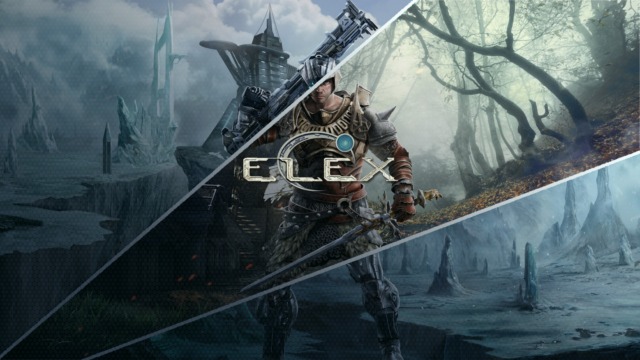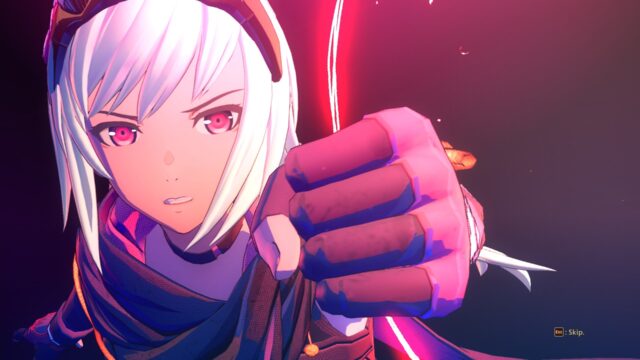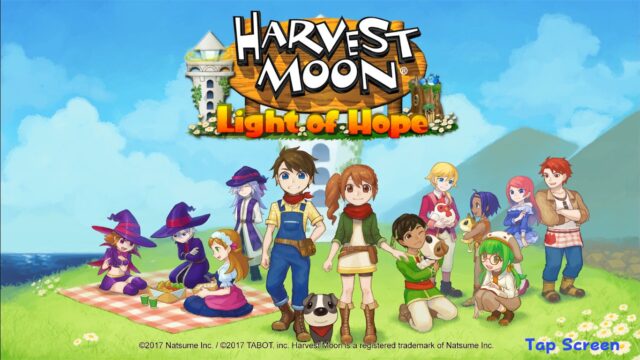Borderlands: the Pre-Sequel Review
Borderlands: The Pre-Sequel is not so much a full-fledged new release as a healthy stand-alone add-on to Borderlands 2. The graphics are the same, the interface is the same, most of the guns are the same. But there is nothing better in the world than a not-too-late release of a beloved role-playing shooter with exactly the same gameplay, but with new ambiance, locations, and storyline. Of course, we want a full-fledged third part, but we have already missed BL enough to gladly try this pre-sequel.

The main story of the Pre-Sequel is nested inside the main plot of Borderlands. Those who played the add-on Tiny Tina’s Assault on Dragon Keep for the second part of the series may remember that towards the end of the game, the Vault Hunters brought a captured “Hyperion” agent to their headquarters. This captured agent turned out to be Athena, a former employee of the Atlas corporation and, as it turned out, had also worked for “Hyperion,” specifically for the late Jack. And this is a long story, as the interrogated person herself put it, taking about 20-25 hours to complete.
It begins with the main characters, the third (chronologically second) quartet of Vault Hunters, hired by Jack with the clear goal of flying to the developing moon station “Hyperion” for a briefing on the search for a powerful alien stash. The team consists of Athena, who has not yet fully transformed into a robot; Wilhelm, who has not yet received a bullet to the head; Nisha, who has not yet bent alongside 99% of her fellow combat robot Claptraps. The planned schedule of the adventurers changes when the station is attacked by the Lost Legion, once one of the combat wings of the Dahl corporation. To drive the invaders off the territory, they need to build an army of combat robots, and to do that, they first need to take control of the lunar factory power, and to do that, they need to escape from the station first. In short, the Vault Hunters had plenty of tasks.
But our heroes are a capable company, as usual. Athena, who lost her personal teleporter somewhere, has now become Captain America and not only wields a sword but also a shield. Wilhelm has crossed Mordecai’s bird with Roland’s turret and now has two flying helper drones. Nisha has a black belt in combat sadomasochism, and Claptrap has everything that the heroes of the previous games could do, but which ability will manifest at any given moment will depend on the random numbers on the battlefield.
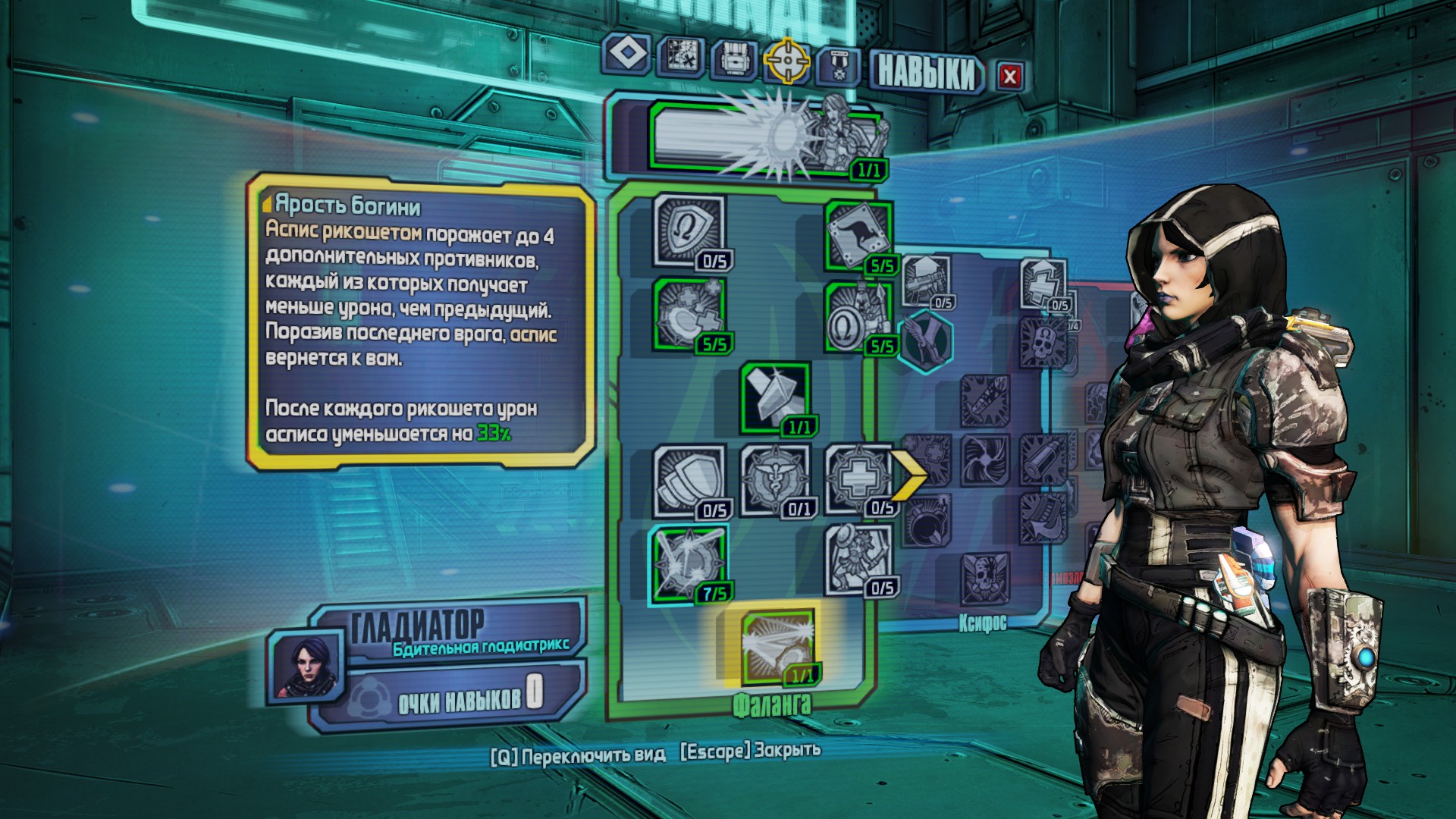
The interrogation of Athena, plus a couple of interesting plot twists, save the story from inherent pathology: who would be interested in what was happening on the moon with the heroes if we personally shot three of them in BL2, including our beloved Jack with all his plans and ambitions. And so, it seems, a “normal story” is developing, it’s better than just mindless labor.
In addition to the main characters (although they don’t really count), there are about five and a half new noticeable characters in the world of Borderlands, three of whom were quickly disposed of. In general, after three major parts of BL and a bunch of DLCs, the local mythology has grown into almost the main attraction of the series, and to get so little fresh meat in the pre-sequel is somewhat disappointing. But at least we were finally allowed inside the Vault!
The trademark humor of the series and the overall atmosphere of futuristic chaos are not going so smoothly either. On the one hand, everything related to Jack is still going great, but the lunar world surrounding the hero-turned-villain is a letdown. First of all, it turns out that 2K Australia is not as good at joking as Gearbox. By choosing what seemed to be a foolproof option and turning the moon Elpis into a branch of Australia, the developers and writers managed not only to dull the jokes of domestic squabbles but also to lose the inherent Borderlands positive recklessness.
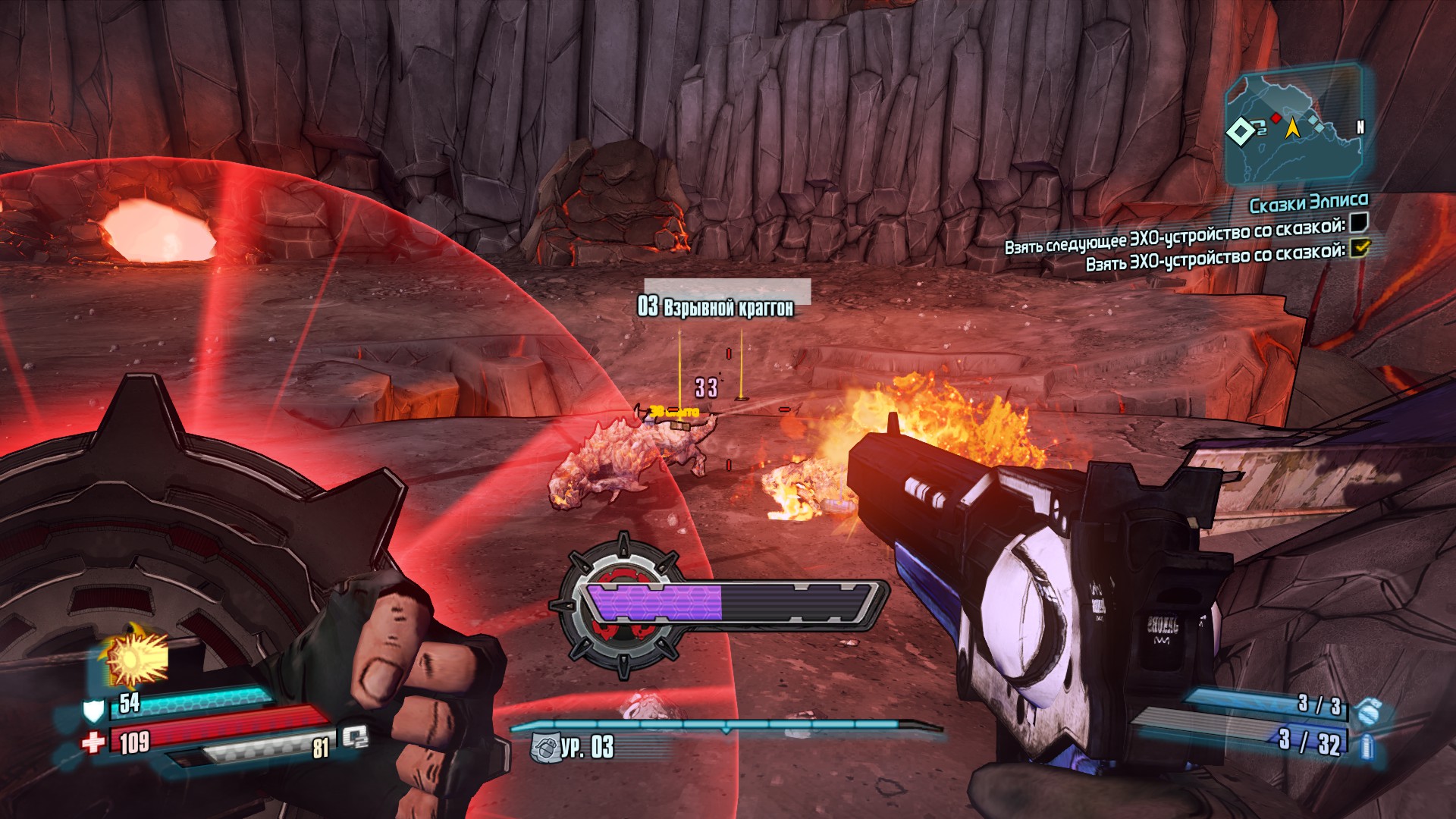
As it turned out, the atmosphere of BL is balanced on a much more fragile balance than one might think.
First of all, many moments related to the personal life of the lunar population turned out to be completely out of place. The episode with a hint of harem slavery particularly spoiled the overall celebration of light-hearted anarchy. After half an hour of flirting with this not very pleasant topic, the plot makes a twist: haha, you see, the speech was actually about artificial intelligence! A cool trick, but it still wasn’t fun to untangle the story. That’s not why we play Borderlands.
Secondly, it turned out that death in BL should be quick. Like Roland’s sudden death in the second part. Leading a long mission of one of the secondary characters to an inevitable slaughter, I must say, is quite an experience.
Because of the aforementioned thorns and a few more unsuccessful moments, the carefree chaos that reigned in the first and second Borderlands disappeared, and something not quite suitable for the series took its place.
Visually, you can’t find fault with the pre-sequel. The style that was established in the first part and received a level-up in 2012, together with the new lunar expanses and industrial zones, is pleasing to the eye, and the shootouts have become even more colorful.

Two things helped to bring new colors to the battles of Borderlands Pre-Sequel. The first is a new type of elemental damage. The slug, which turned out to be not very useful for chronological reasons, gave way to freezing. It works exactly as you would expect – well-processed enemies temporarily freeze in place, do nothing, and take additional damage from melee attacks. A nice bonus: frozen enemies, even with the low lunar gravity, fall to the ground and often shatter into ice upon impact.
Also gone from Borderlands (at least temporarily) are the eridium guns. Well, again, rewinding time back, no one has started mining this eridium on Pandora on an industrial scale yet, so here we are. In place of the magenta guns, lasers have arrived. There are shafts (also known as “vacuum cleaners,” also known as lightning guns), railguns (also known as “rails,” also known as Our Everything), and laser, um, shotguns. They are all almost like Quake guns, just slightly drunk. I mean, they behave like the AK-47 from Counter-Strike and refuse to shoot in one spot without taming the cursor.
Being weapons that provide immense pleasure in their use, the aforementioned guns have slightly skewed the mechanical balance in the game. With one successful laser find or quest reward, you can run through at least half, if not a third, of the game and switch to other guns only when the main gun runs out of ammo.
As you can easily guess, the lunar landscape in the new BL carries not only a fresh aesthetic for the series but also some changes in gameplay. You won’t believe it, but on Elpis, firstly, there is no oxygen, and secondly, as I have already mentioned, there is weak gravity.
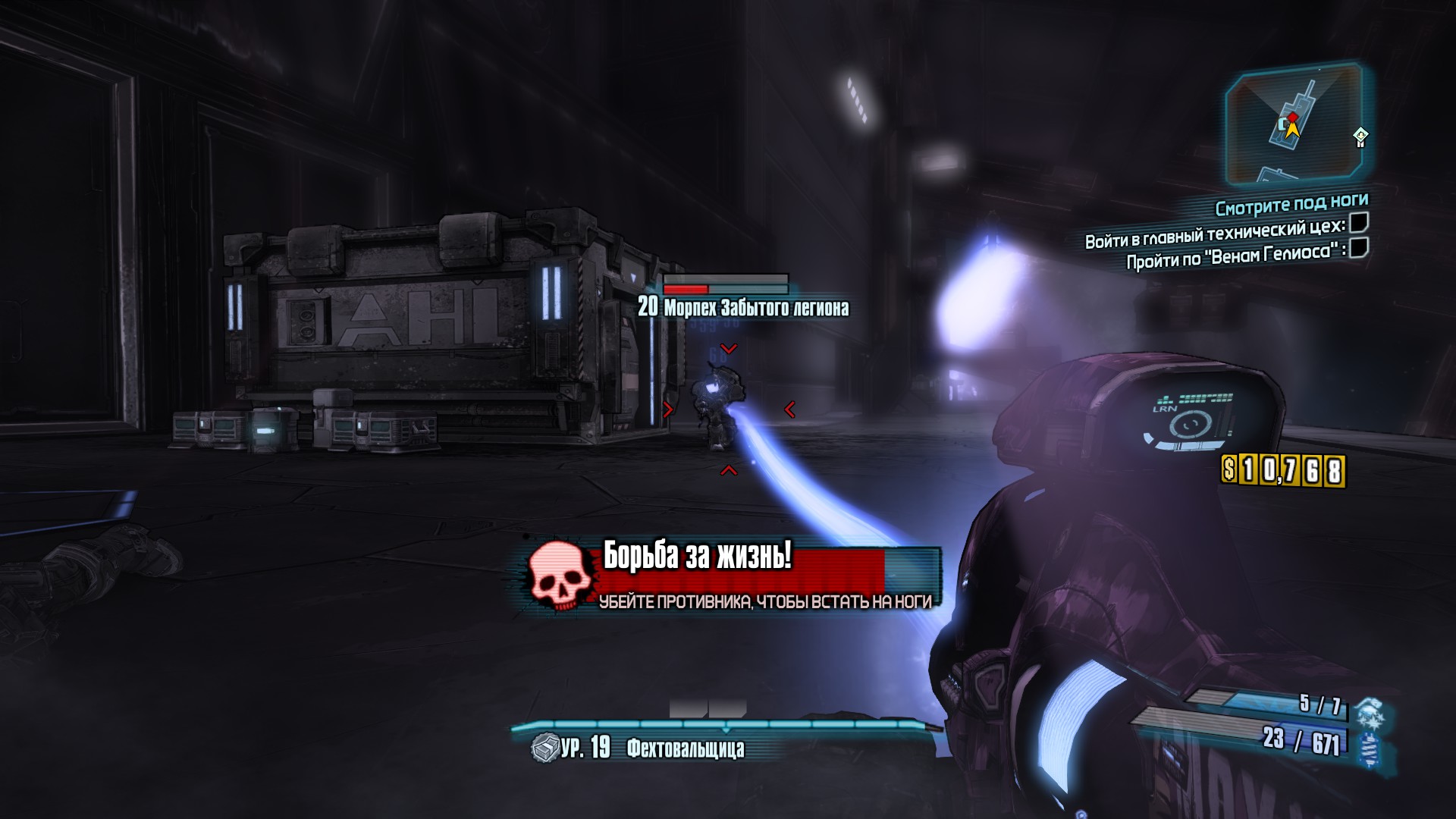
The first moment, in general, serves no purpose other than to hinder the enjoyment of the game. The thing is, the local “spacesuits” (in fact, the same artifacts from previous installments, just in profile) have an average oxygen supply of about two minutes, so you can’t just leisurely explore the lunar surface, you have to constantly jump from one “recharging” source to another, whether it’s an oxygen geyser, some structure, or a group of monsters with oxygen tanks hidden inside them. Otherwise, you’ll slowly suffocate. Why this feature is necessary is completely unclear, as it doesn’t add any variety to the game, but it quickly becomes annoying and remains a persistent fly on the edge of the screen.
The lunar pill is meant to sweeten the prospect of smashing bandits’ masks and leaving them gasping for air while performing double jumps. Both of these are quite enjoyable moments, but something tells me that they could have been added to the game without the annoying oxygen deprivation.
By the way, there is a double benefit to the double jumps in the pre-sequel. After each first jump, a la grasshopper, you can perform an epic vertical landing in superhero style, with a wave of dust/fire/acid/electricity spreading to the sides and enemies scattering in the same direction. In the case of your humble correspondent, it was simply a rarely used pleasant detail, but observations of fellow players show that some of them liked this new maneuver so much that they can’t have a fight without a good seismic wave.
Local moon buggies can also dance on the heads of others, but, as is customary in Borderlands, there is still no special pleasure in piloting lunar bolides.

Suddenly, Pre-Sequel turned out to be a game rich in bugs. And these bugs are not trivial, like a couple of missing textures, but glitchy scripts that hang up entire missions and can only be fixed by restarting the campaign from the last save or intentionally failing the task. After the first surprise like this, you just want to spit and give up on the game.
Especially since playing the lunar Borderlands is easier the more confidently you maintain its pace. After enduring the typically boring first two hours, you start to get sucked into the not very diverse process of hunting for quests and loot, and any stumbling along the way throws you off balance and ruins the game’s magic, perhaps more than ever in the series.
**
Borderlands Pre-Sequel turned out to be noticeably weaker than the previous parts of the game, but it didn’t drop the overall bar too much, so if you enjoyed the previous adventures on Pandora, you can get the new one without hesitation. However, if you didn’t have a love affair with the previous series, it’s probably not worth trying to jump into the river with the pre-sequel, just as it’s not worth starting your introduction to the world of BL with it. In the latter case, it’s better not to chase after the latest releases and start with Borderlands 2.
Share
Discuss
More Reviews

